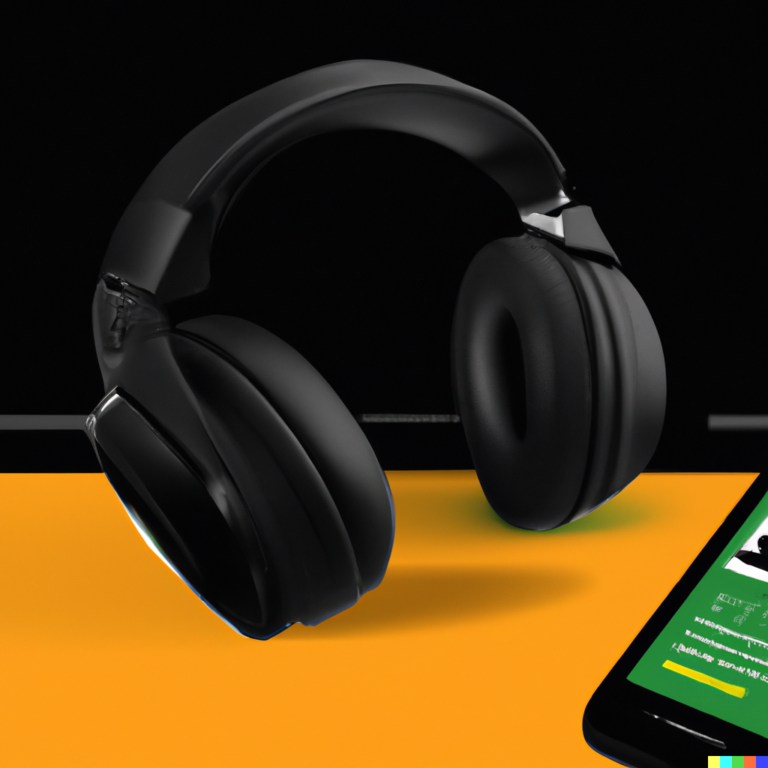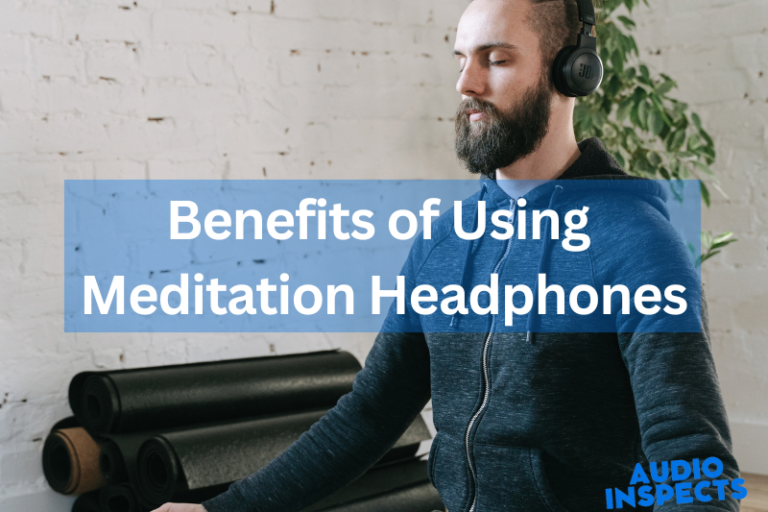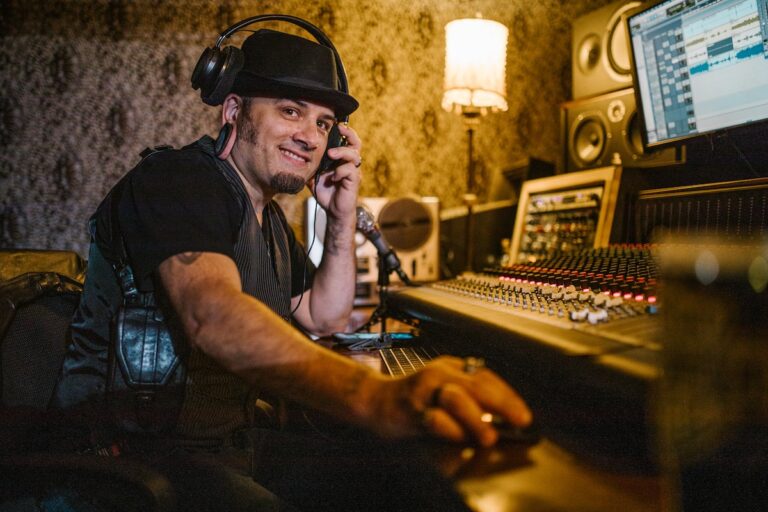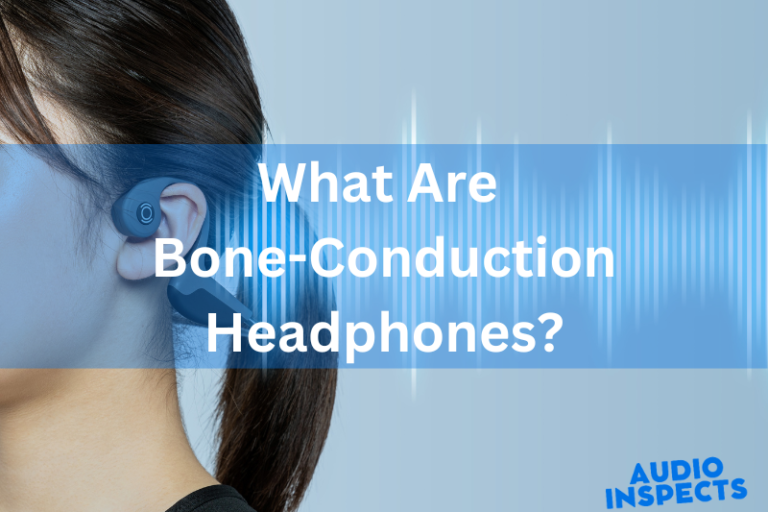Open-Back vs Closed-Back Headphones: We Help to Choose
Yet, choosing between open-back vs. closed-back headphones is not a decision to be trifled with. Each selection carries with it a unique set of characteristics that are designed to cater to specific audio preferences. Whether it is immersing oneself into the raw, natural soundscapes offered by open-back headphones or sealing oneself off from the external world with the noise-isolating properties of closed-back headphones, the choice will ultimately shape the quality of your audio experience.
What Are Open-Back Headphones?

Open-back headphones, as the name suggests, have backs that are not completely sealed or closed, allowing air to pass through the ear cups to the speaker element. This design approach contributes to a more natural or speaker-like sound, often described as “open” or “airy”.
It enhances the depth and breadth of the sound stage, as well as the overall listening experience. The audio output, as a result, is perceived as more natural and spacious.
However, because of this design, sound leakage is inevitable which means that people nearby can hear what you’re listening to and external noise can also seep in.
These headphones are typically used in controlled environments, such as recording studios or home listening spaces, where outside noise is not a major concern.
Where Open-Back Headphones Excel
- Professional Audio Mixing: Open-back headphones provide an accurate sound reproduction which is crucial for audio mixing and mastering.
- Home Use: Due to their sound leakage, open-back headphones are best for use in private, quiet spaces like at home.
- Music Enthusiasts: If you enjoy the depth and clarity of music, open-back headphones can provide a more immersive, concert-like experience.
- Gaming: The wide soundstage of open-back headphones can enhance spatial awareness in gaming, making them suitable for gamers.
- Extended Use: The design of open-back headphones allows for airflow, reducing ear fatigue during prolonged use, making them suitable for those who need to wear headphones for long periods.
- Recording Studios: Open-back headphones are often used in recording studios due to their superior sound quality.
Where Open-Back Headphones Don’t Excel
- Public Transportation: Open-back headphones don’t excel in noisy environments like public transportation due to their sound leakage.
- Office Environments: They are not suitable for office environments, where sound leakage might disturb others.
- Gyms: Open-back headphones don’t excel in gyms or other noisy, public places where sound leakage could be a problem.
- Recording with Microphones: They are not ideal for use as monitors when recording with microphones due to potential feedback.
- Traveling: Open-back headphones are not the best choice for traveling because of their inability to block out external noise.
- Listening in Noisy Environments: They don’t excel in situations where noise isolation is required due to their open design.
What Are Closed-Back Headphones?
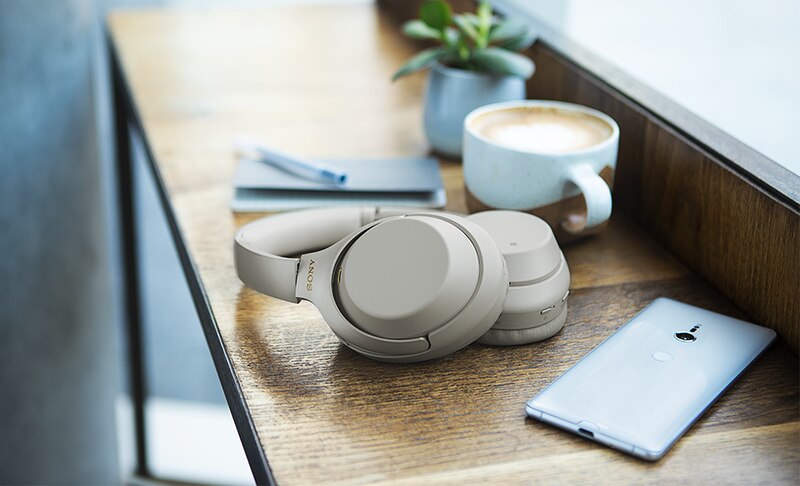
Closed-back headphones are a specific type of headphones that are known for their distinctive design and sound quality. The term “closed-back” refers to the headphone design where the outer part of the headphones is completely sealed, meaning there aren’t any sort of holes or vents that allow air (and therefore sound) to pass through.
This design results in eliminating most of the ambient noise, thus allowing the listener to focus solely on the audio. It also prevents sound leakage, meaning people nearby won’t be able to hear what you’re listening to. This feature makes closed-back headphones an excellent choice for environments where quiet is required or in public spaces.
Where Closed-Back Headphones Excel
- Public Transportation: Closed-back headphones excel in noisy environments like public transportation due to their noise isolation capabilities.
- Office Environments: They are suitable for office environments, where the absence of sound leakage won’t disturb others.
- Gyms: Closed-back headphones excel in gyms or other noisy, public places where their sound isolation can block out external noise.
- Recording with Microphones: They are ideal for use as monitors when recording with microphones due to the lack of sound leakage.
- Traveling: Closed-back headphones are a great choice for traveling because of their ability to block out external noise.
- Listening in Noisy Environments: They excel in situations where noise isolation is required due to their closed design.
- Commuting: Closed-back headphones excel in commuting situations, blocking out ambient noise and allowing for a more private listening experience.
Where Closed-Back Headphones Don’t Excel
- Home Listening: Closed-back headphones may not excel in quiet, private spaces like home where superior sound quality and a natural sound stage are preferred.
- Professional Audio Production: They may not be the best choice for professional audio mixing and mastering due to potential sound coloration.
- Music Appreciation: Closed-back headphones may not deliver the same immersive, concert-like experience that open-back headphones provide for music enthusiasts.
- Gaming: They might not provide the wide soundstage that enhances spatial awareness in gaming like open-back headphones do.
- Extended Use: Closed-back headphones might lead to ear fatigue during prolonged use due to the lack of airflow.
- Recording Studios: They might not excel in recording studios, where superior sound quality and an open sound stage are often a priority.
What Are Semi-Open-Back Headphones?

Semi-open-back headphones are a type of headphone design that is a hybrid between open-back and closed-back headphones. They are designed to offer a balance between the isolated sound of closed-back headphones and the spacious soundstage of open-back headphones.
The back of the headphone cups has a partial opening, allowing some sound to escape and air to flow in, resulting in a more natural sound reproduction. They offer a more immersive sound experience than closed-back headphones, but with less sound leakage than open-back headphones, making them a popular choice for both music enthusiasts and audio professionals.
Where Semi-Open-Back Headphones Excel
- Home Listening: Semi-open-back headphones excel in home listening scenarios, providing balanced sound quality with some degree of noise isolation.
- Professional Audio Production: They are suitable for professional audio mixing and mastering, providing a balance between accurate sound reproduction and sound isolation.
- Music Appreciation: Semi-open-back headphones can deliver a somewhat immersive listening experience, balancing the characteristics of open and closed designs.
- Gaming: They can provide a decent soundstage for gaming, enhancing spatial awareness.
- Extended Use: Semi-open-back headphones can be suitable for prolonged use, as they allow for some air flow, reducing ear fatigue.
- Recording Studios: They are often used in recording studios, offering a compromise between sound quality and isolation.
Where Semi-Open-Back Headphones Don’t Excel
- Public Transportation: Semi-open-back headphones might not excel in noisy environments like public transportation due to some sound leakage.
- Office Environments: They might not be the best choice for office environments, where the sound leakage might disturb others.
- Gyms: Semi-open-back headphones might not excel in gyms or other noisy places where sound isolation is crucial.
- Recording with Microphones: They might not be ideal for use as monitors when recording with microphones due to potential sound leakage.
- Traveling: Semi-open-back headphones might not be the best choice for traveling because of their partial inability to block out external noise.
- Listening in Noisy Environments: They might not excel in situations where high levels of noise isolation are required due to their semi-open design.
Frequently Asked Questions
Why do audiophiles like open-back headphones?
The reason lies within the immersive, natural sound quality these headphones produce. They create a ‘live concert’ feel, offering a wider stereo image and enhanced soundstage compared to their closed counterparts. In essence, these headphones provide an unfiltered, authentic sound experience, making them an ideal choice for audiophiles who crave pristine audio reproduction.
Are open-back headphones good for hip-hop?
For hip-hop enthusiasts who crave a live concert-like experience, these headphones could be a remarkable choice. They offer a broad, natural sound that encapsulates the listener in the music. That said, the genre’s punchy bass lines and complex beats might not be delivered with as much power or depth as with headphones possessing a closed-back design.
Can you use open-back headphones outside?
A crucial factor to consider is the lack of noise isolation these headphones provide. The design, which allows for an intricate and naturalistic sound profile, unfortunately, lets in a lot of ambient noise. This can prove quite problematic in noisy outdoor environments, diluting the audio quality significantly. Furthermore, their open design also means that the sound can leak out, potentially disturbing those in close proximity. Therefore, while it’s physically possible to use these headphones outside, it’s not advisable if a high-quality, uninterrupted audio experience is the goal.
Do closed-back headphones have more bass?
Quite often, the answer is yes. This is primarily due to their design, which traps sound within the earcups, maintaining a strong bass response. This design also prevents sound leakage, ensuring that the low-frequency sounds are channeled directly into the listener’s ears, thereby intensifying the impact. However, the bass quality depends on additional factors like the headphone’s build, driver size, and overall audio tuning. Select the best headphones for bass from our list.
Is open- or closed-back better for gaming?
Headsets that have a completely sealed rear casing are usually preferred for their ability to block out background noise and accentuate bass, enabling the player to focus on the game soundtrack and sound effects. However, those with an exposed rear offer a broader soundstage and a more natural sound, contributing to a more realistic gaming experience. Ultimately, the choice depends on individual preferences and the gaming environment.
Are open-back headphones less fatiguing?
Indeed, many headphone enthusiasts find open-style headphones less fatiguing. The design allows for natural airflow and reduces the sense of pressure in the ears, making them ideal for extended listening sessions. This feature can be beneficial, particularly for those who spend hours enjoying, mixing, or mastering music.
Can other people hear open-ear headphones?
Yes. Open design allows audio leakage, making it possible for nearby individuals to hear the audio. This leakage can vary in volume depending on the loudness level set by the user.
Conclusion
Understanding the nuances between varying headphone designs can be invaluable in making the right choice. The intricacies of acoustics in rear-vented, sealed-back, and partially vented headphones can significantly influence the sound experience.
This knowledge, coupled with answers to common queries, empowers one to make an informed decision. After all, the perfect pair of headphones delivers superior sound quality and complements the user’s lifestyle and listening habits.
More details about selecting the pair of headphones for your needs are in our headphones buying guide.
Our Mission: At AudioInspects, we are dedicated to providing the most comprehensive and authentic reviews of audio equipment on the market. We conduct independent testing and research of products, so you can make an informed decision before making a purchase. Our mission is to help you find the best audio equipment to improve your listening experience. So trust us to deliver the most reliable recommendations and advice.
Disclosure: When you do decide to make a purchase through our links, please note that we may earn a commission, but this does not affect the honesty of our reviews. You can read our affiliate disclosure in our Disclosure.

